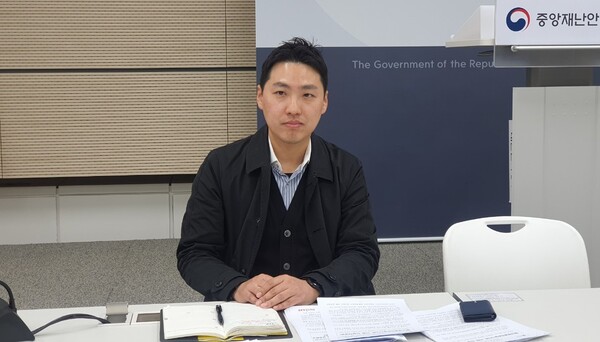The Ministry of Health and Welfare plans to reinvigorate regenerative medicine by expanding high-technology regenerative medicine to neighborhood clinics and diversifying diseases subject to such studies, a ministry official said. The official forecast is that clinics can provide regenerative procedures if the ministry manages to keep 100 related study subjects going.

Kim Young-hak, director of the Regenerative Medicine Policy Division, said so while explaining his division’s policy on Wednesday.
“People might think regenerative medicine is unfamiliar and stays far away from their lives. Ten years later, however, most medicine will be high-technology regenerative medicine,” Kim said. “The ministry is promoting policies to use high-tech regenerative medicine in various areas.”
Regarding the safety issue that entails comments on high-tech regenerative medicine, Kim believes that the matter can be solved by establishing a safety management system at the state level.
“As the high-tech regenerative medicine is in a nascent stage, there are concerns about its safety,” Kim said. “As a result of conducting a clinical study system, we could filter out insufficient study designs by approving 20 of the 68 applied tasks. Because the government has established and is operating a national safety management system, we will be able to ensure the safety of regenerative medicine.”
Kim asked related parties to think that studies that have yet to be implemented due to the lack of a safety management system will find a new implementation method if their technologies are confirmed.
He also explained the decision to include neighborhood clinics in the target institutions to implement cutting-edge regenerative medicine.
On Monday, the ministry issued a public notice to apply for the designation of institutions that implements advanced regenerative medicine in 2023. It has expanded the scope of applicants from the current tertiary general hospitals, general hospitals, and hospitals to smaller clinics.
Currently, 64 medical institutions conduct high-tech regenerative medicine – 35 tertiary general hospitals, 25 general hospitals, and four hospitals.
Suppose a hospital becomes a medical institution that implements advanced regenerative medicine and conducts a study through screening. In that case, it can receive up to 1 billion won ($760,000) per a high-risk study, 500 million won per a median-risk study, and 300 million won per low-risk study. The ministry has allocated a 15 billion won budget each for 2023 and 2024.
“As a result of designating medical institutions to undertake advanced regenerative medicine, smaller orthopedic and plastic surgery hospitals continued to express interests although their numbers were not high,” Kim said. “The Advanced Regenerative Medicine Act stipulates all medical institutions to conduct it, so there are few justifiable causes to block their participation.”
Kim expected not many neighborhood clinics to be able to jump into this area as they must meet toughened standards than those that conduct clinical trials. There are no different and looser standards for these clinics.
“Most of the ongoing study subjects conducted by hospitals or larger institutions are high-risk studies,” he said. “If neighborhood clinics are designated regenerative medicine implementers, they will likely strengthen in low-risk studies.”
Another focus of the ministry’s policy is to expand the scope of diseases subject to study.
Currently, the ministry restricts target diseases to “people with rare diseases resulting from severe ailments that have no alternative treatments or threaten lives, and other refractory diseases.”
“The ministry is pushing to allow the conduct of advanced regenerative medicine for only severe or rare diseases but also others, including knee joints,” Kim said. “Basically, we think the access should continue to expand for advanced regenerative medicine.”
Kim also expressed the ministry’s position on the following clinical study stage – allowing regenerative medicine procedures.
“Only when regenerative medicine is expanded to diverse areas can people realize it is technology close to their lives. It is our foremost concern to make advanced regenerative medicine one of such technologies,” Kim said. “The government does not permit advanced regenerative medicine procedures due to safety concerns, but we are racking our brains on how to introduce it in harmony with the nation’s medical system.”
Kim noted that designated institutions could provide such procedures once institutionalized. The ministry has yet to concretize details on verification procedures for its institutionalization. He confessed the ministry is agonizing because neighboring countries, including Taiwan, have moved to allow it.
“If we reach a level where about 199 study projects are underway regarding advanced regenerative medicine, related procedures will likely be institutionalized, I think,” Kim said. “To receive regenerative treatment, Korean patients often visit Japan where around 100 study subjects are underway.”

